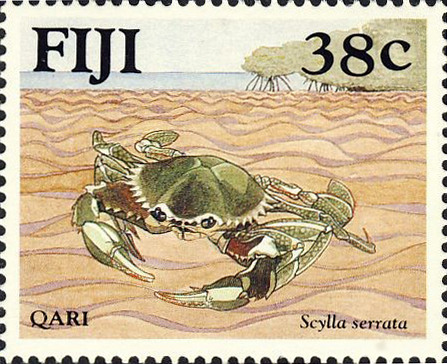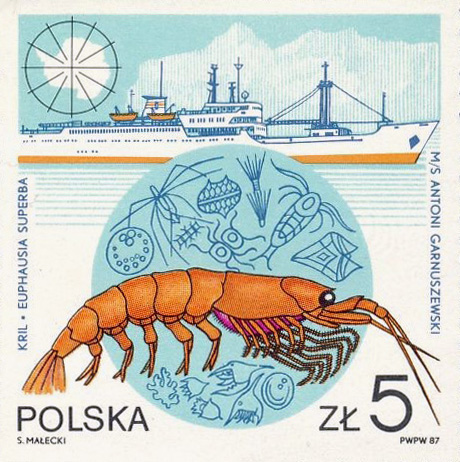Pseudepidalea viridis Laurenti, 1768

(Da: en.wikipedia.org)
Phylum: Chordata Haeckel, 1874
Subphylum: Vertebrata J-B. Lamarck, 1801
Classe: Amphibia Gray 1825
Ordine: Anura Duméril, 1806
Famiglia: Bufonidae Gray, 1825
Genere: Pseudepidalea Boettger, 1880
Italiano: Rospo smeraldino
English: Green Toad
Français: Crapaud Vert
Español: Sapo Verde
Descrizione
Esistono variazioni di colore e motivo in tutta la sua gamma. Le macchie variano dal verde al marrone scuro e talvolta anche rosse. La pancia è generalmente di colore chiaro. I rospi mangiano un'ampia varietà di invertebrati, come anellidi, insetti, gasteropodi, ecc. Possono variare il loro colore in risposta al calore e alla luce in misura maggiore rispetto ad altri rospi. Hanno anche ghiandole che producono bufotoxine come difesa contro le minacce. Le femmine depongono tra le 9.000 e le 15.000 uova in ogni spawn. Possono raggiungere, al massimo, dimensioni di 15 cm.
Diffusione
Si trova in Europa continentale , Asia e Nord Africa . Questa specie non esiste nella Penisola Iberica ed è talvolta confusa con Bufotes balearicus, che è stato probabilmente introdotto nelle Isole Baleari in tempi antichi dalla Corsica, dalla Sardegna o dall'Italia. Vivono in diverse aree, comprese le steppe, le aree montuose semidesertiche e le aree urbane.
Sinonimi
= Bufo viridis Laurenti, 1768 = Pseudepidalea viridis Frost et al., 2006.
Bibliografia
–"Bufotes viridis ". Amphibian Species of the World 6.0, an Online Reference. American Museum of Natural History.
–Dufresnes, C.; et al. (2019). "Fifteen shades of green: The evolution of Bufotes toads revisited". Molecular Phylogenetics and Evolution. 141.
–Frost, Darrel R. (2020). "Search for Taxon: Bufotes". Amphibian Species of the World, an Online Reference. Version 6.0. American Museum of Natural History, New York.
–Arnold EN, Burton JA (1978). A Field Guide to the Reptiles and Amphibians of Britain and Europe. London: Collins. 272 pp.
–Mikula P (2015). "Fish and amphibians as bat predators". European Journal of Ecology. 1 (1): 71-80.
–Laurenti JN (1768). Specimen medicum, exhibens synopsin reptilium emendatam cum experimentis circa venena et antidota reptilium austriacorum. Vienna: "Joan. Thom. Nob. de Trattnern". 214 pp. + Plates I-V. (Bufo viridis, new species, p. 27 + Plate I, figure 1). (in Latin).
–Colliard, C.; Sicilia, A.; Turrisi, G.F.; Arculeo, M.; Perrin, N.; Stöck, M. (2010). "Strong reproductive barriers in a narrow hybrid zone of West-Mediterranean green toads (Bufo viridis subgroup) with Plio-Pleistocene divergence". BMC Evolutionary Biology. 10: 232.
–Stöck, Matthias; Craig Moritz; Michael Hickerson; Daniel Frynta; Tatjana Dujsebayeva; Valery Eremchenko; J. Robert Macey; Theodore J. Papenfuss; David B. Wake (2006). "Evolution of mitochondrial relationships and biogeography of Palearctic green toads (Bufo viridis subgroup) with insights in their genomic plasticity" (PDF). Molecular Phylogenetics and Evolution. 41 (3): 663-689.
–Stöck, Matthias; Alessandra Sicilia; Natalia M Belfiore; David Buckley; Sabrina Lo Brutto; Mario Lo Valvo; Marco Arculeo (2008). "Post-Messinian evolutionary relationships across the Sicilian channel: Mitochondrial and nuclear markers link a new green toad from Sicily to African relatives". BMC Evolutionary Biology. 8: 56.
–IUCN Red List - Pseudepidala viridis (green toad)".

|
Data: 01/06/1963
Emissione: Rettili e anfibi Stato: Poland |
|---|

|
Data: 10/09/1963
Emissione: Fauna protetta Stato: Germany (Est) Nota: Emesso in una serie di 5 v. diversi |
|---|